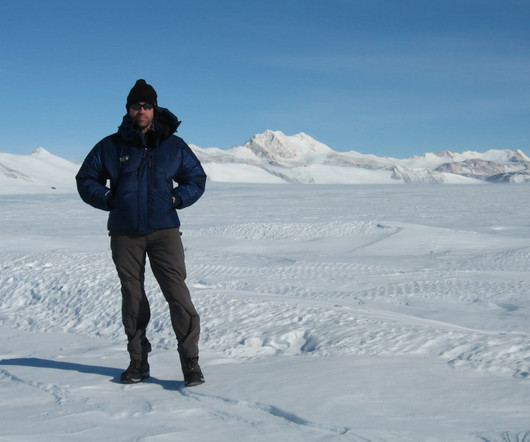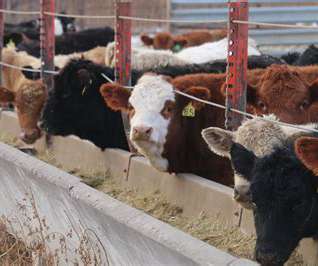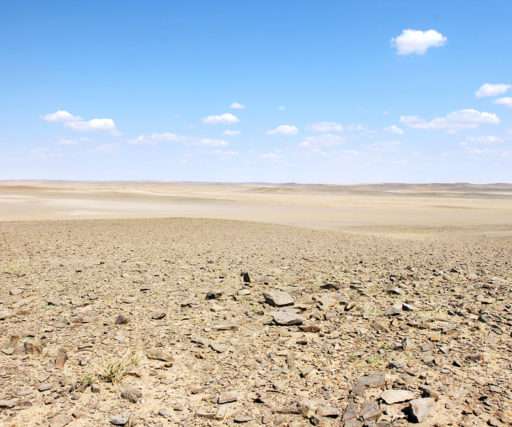Antarctic extreme events: ‘All-time records are being shattered not from decades ago, but from the last few years and months’
Frontiers
AUGUST 7, 2023
A new study published in Frontiers in Environmental Science has revealed that, in addition to the influence of gradual global heating, Antarctica is increasingly affected by extreme environmental events; a recognized and predicted outcome of our heating world. The world’s largest ever heatwave (38.5C













Let's personalize your content